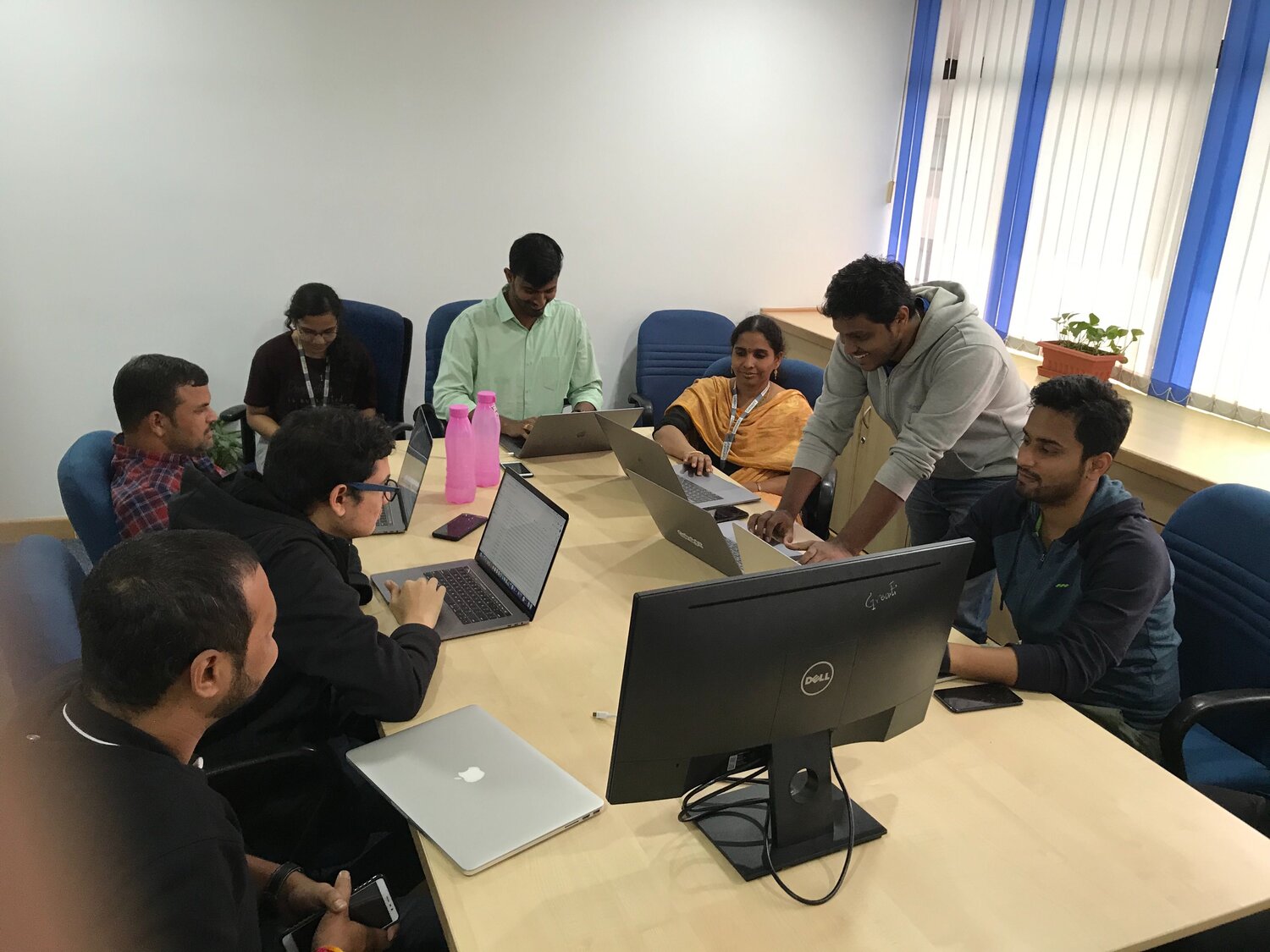Engineering Management Platforms (EMPs), and the importance of measuring engineering signals, have started to gain traction in the Modern Enterprise and among data-driven engineering teams. At Jellyfish, we’ve started to see EMPs sprout up all over the place, and while they don’t always look alike, they share a common goal of increasing executive visibility into the work that engineering teams are doing in order to drive strategic alignment, optimize execution, and to measure and improve performance in meaningful ways.
Our friends at Gainsight have taken a particularly interesting approach, turning their own products inward for the purpose of measuring engineering signals to report and improve on metrics. The effort, led by VP of Product & Engineering Siddhartha (Sidhu) Gutha, has been embraced and spearheaded by Gainsight’s CEO Nick Mehta. It is a testament to the ingenuity and forward thinking of the company, as well as the power of making data-driven engineering decisions.
Spotlight On: GainSight’s PX and CS
In order to build Gainsight’s internal EMP, the team used and repurposed their own products, PX and CS to collect quantitative and qualitative data and measure the performance of their engineering teams.
Gainsight PX is the company’s product experience software. It tracks the behavior of users in SaaS products in order to understand how they’re interacting with the products over time. That allows companies to make smarter decisions about when to engage, what features to build, which other products might be useful for customers, and when to ask for customer feedback.
Gainsight CX allows customers to send personalized messages to their product’s users at the right time, enabling them capture better response rates and timely feedback, and helping them automate a customer experience program
Gainsight’s products are some of most praised in the industry, and the company has seen impressive adoption. But using these tools internally to capture engineering signals and measure performance doesn’t seem like a logical use for them at first pass. So how did it happen?
Recognizing the Need for Engineering Insights and Alignment
For some time, Sidhu and the rest of the Gainsight management team had felt that the engineering teams in the company, each owning and working on a particular feature or group of features, had become laser focused on writing code and improving functionality, but did not have enough bigger picture context to make the best product decisions for the company. Cross-functional teams too (including product management, sales, and support), had developed different sets of concerns, and divergent expectations of what the software engineers should be doing.
So they decided to implement a system that would measure the work that engineers were doing with the explicit goal, not of evaluating or measuring the engineers themselves, but of aligning the teams in the same direction. Sidhu and his team realized that Gainsight’s PX product could be used on Gainsight engineering itself, as if the organization were a customer. That way they could capture metrics like customer usage, adoption, deployment success, and sales impact directly, which could in turn inform product development decisions across the company. Together with Gainsight CX, which the company uses to survey and measure customer effort and map, score, and measure initiatives intended to impact that score, the team was able to align engineering with other teams on strategic decisions for the product, how to make progress moving forward, and how to measure the efficacy of the work being done.
Building a Homegrown EMP
As Sidhu tells it, the idea of using these two tools to build an internal strategic engineering metrics reporting tool, or EMP as we’d call it at Jellyfish, was the easy part. The real challenge was figuring out what were the metrics they really wanted to measure (which often varied based on the team itself), what were the things that teams could actually act on, what types of data would be easy to gather and would be more objective than subjective, and then how could the team build a scorecard from this data that would be meaningful not only to the team itself, but to the broader organization.
The process took months of brainstorming, data gathering, whiteboarding, and calculations. It also took a fair amount of internal marketing and messaging, to make sure that the tool was positioned in a way that did not make engineers feel that they were being evaluated, but instead that the tool was meant to help them – to aid them in making more informed roadmap decisions. When all was complete, Sidhu wanted to make sure that the actionable measurements that were being collected were indeed being implemented.
The team took a phased approach rolling out team by team. Eventually the product leaders, SVP of Products, and CEO, Nick Mehta began to use the tool and it gained widespread adoption. After 9-10 months of development and implementation, the team is building a world-class engineering management tool, and they have already seen a lot of traction and some great results.
A Promising Future for EMP at Gainsight
Today, Gainsight uses their EMP throughout the organization. On the team level, each tracks relevant metrics that they and their partner teams have deemed important for the improvement of their products and cross-functional collaboration. At the executive level, it has become central for reporting progress and improvements to executives, and for those executives to make informed strategic product decisions. Even the CEO consistently pushes the tool in order to see reports of what’s working, what’s not, and how teams are planning on turning anything that’s not working around.
This effort shows the importance Gainsight places on making data-driven engineering decisions, and it shows through their best-in-class products and loyal customers. Improving strategic alignment and operational execution of the engineering team has never been more important than it is today. The Engineering Management Platform is one way companies can achieve that. Stay tuned for more news about EMPs in the wild. And check out Jellyfish to learn more about our EMP.







